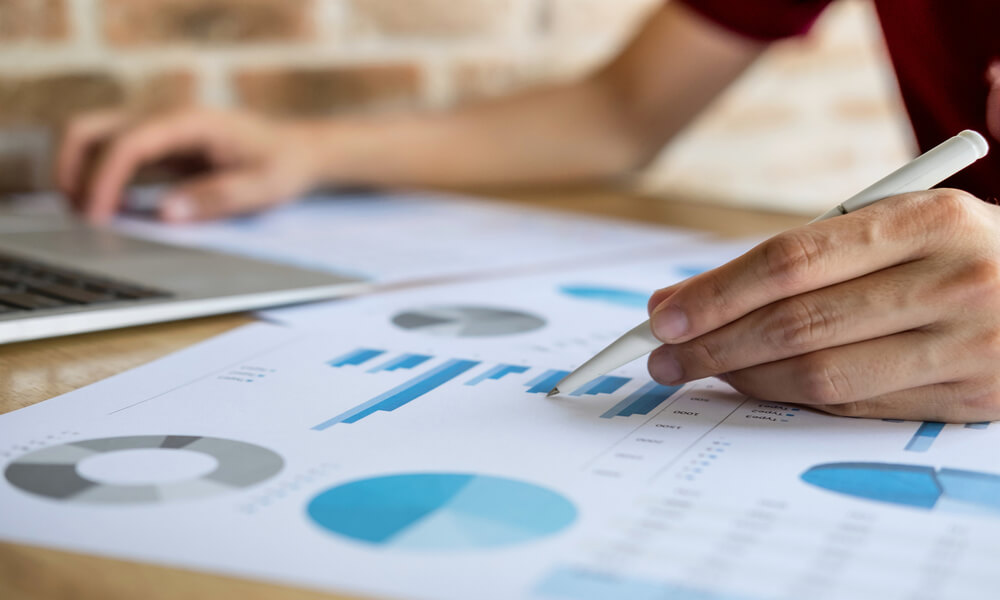Alumni fundraising events are an essential aspect of any educational institution’s fundraising, especially when it comes to financing scholarships, endowments, and other critical initiatives. However, organizing a successful event can be overwhelming. How do you increase event turnout and ensure that you’ll be able to hit your fundraising goals? That’s where data-driven strategies come in.
In this guide, we’ll explore how actionable metrics can elevate your alumni fundraising events. Whether you’re an experienced fundraiser or just getting started, these tips will help you take your events to the next level and achieve your fundraising goals.
1. Get to Know Your Target Audience
Before launching your fundraising event, it’s important to identify a target audience. That way, you can focus your efforts and resources on the people who are most likely to attend the event and donate.
Begin by scanning through your supporter database to find alumni who have attended events in the past and have expressed interest in your current initiative. For instance, if the goal of your online auction is to fund the renovation of an on-campus art building, you might target alumni who studied or have an interest in the arts.
Once you have an idea of who your target audience is, get to know them on a deeper level by gathering information about their demographics, geographic location, occupations, and preferences. This will help you create a more engaging and relevant event experience for attendees. For example, if your target audience is primarily young professionals, you may want to incorporate more networking opportunities into the event.
2. Personalize Outreach
While working within your database, use segmentation to better understand donors and personalize your outreach efforts. Data segmentation is the process of grouping donors based on shared characteristics and tailoring your communications accordingly.
Rather than attempting a one-size-fits-all approach to promoting your event, segmentation allows you to appeal to the unique needs, interests, and preferences of more targeted groups of donors.
Depending on your specific fundraising event, you might choose to segment alumni based on:
- Graduation year: Let’s say you’re planning a class reunion event. Create separate email lists for each graduation year or for groups of years (such as “classes of the 80s” or “classes of the 90s”) to ensure that alumni receive messages that are relevant to their graduation experience.
- Geographic location: If you’re hosting a hybrid event, separate applicants into two groups: those living within the local area and those living outside of it. Then, send out in-person invitations through direct mail and virtual event invites through email.
- Degree program: When sending out event invites for a networking event focused on a particular industry or career field, segment alumni by degree program and target those who graduated from relevant programs, such as an MBA program or a specific engineering discipline.
- Level of giving: For donor appreciation events, consider segmenting alumni based on their average donation amount and focusing outreach on those who have made a significant donation or are considered major donors. This ensures that alumni who have made a significant impact on the university or institution receive the appropriate message.
By using data to personalize your outreach efforts, you can increase engagement and build stronger relationships with your alumni, ultimately leading to more successful fundraising events and increased donations.
3. Identify Increased Giving Opportunities
Identifying increased giving opportunities at fundraising events is a key strategy for colleges and universities looking to maximize their fundraising results. One effective approach is to conduct prospect research.
AlumniFinder defines prospect research as the process of collecting information
about a potential donor’s capacity and inclination to give, or increase their level of giving, to your institution. This is especially important for high-profile events like galas where you rely on a small number of generous donors to reach your fundraising goals.
To conduct prospect research, collect the following information from various sources, such as publicly available records, social media, and other public data sources:
- Wealth indicators: As part of prospect research, you may conduct a wealth screening to gather information about a donor’s business affiliations, stock ownership, and home value to determine their ability to make a larger gift.
- Philanthropic indicators: Review an individual’s charitable giving history, including the frequency, amount, and causes they have supported in the past to determine their willingness to give.
Even if an alum can’t make a major gift, you may find through your research that their employer offers a matching gifts program, which you can promote during an event. Developing personalized asks based on this information will lead to more consistent and reliable revenue streams for your school.
4. Measure Success to Plan for the Future
According to NXUnite’s data collection guide, tracking and managing campaign data allows you to quantify the impact of your hard work. As your fundraising event comes to a close, collect the following metrics to measure its success:
- Amount of money raised
- Return on investment (ROI)
- Attendance rates
- Total number of donors
- Number of new donors acquired or new contacts made
- Donor retention rate over past events
- Average donation amount
With these metrics in mind, you can make informed decisions about how to maximize your budget, reallocate resources, optimize communications, and meet your fundraising goals. You might also consider sending out post-event surveys to gather valuable feedback about the event’s presentations, organization, and other aspects to enhance future events and increase fundraising outcomes.
Adopting data-driven decision-making can play a crucial role in the success of your alumni fundraising events. By using data analytics to understand attendees’ preferences, behaviors, and expectations, your college or university can design events that resonate with its target audience, leading to increased engagement, revenue, and stronger alumni relationships.




